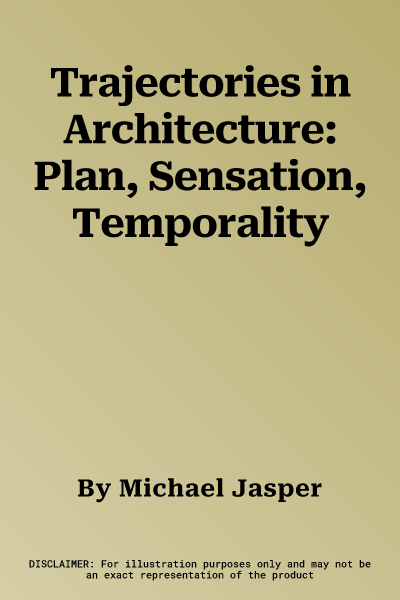Trajectories in Architecture: Plan, Sensation, Temporality presents a
compelling examination of underlying issues in late-twentieth-century
architecture. Three formal preoccupations and conceptual orientations
are used as guiding threads or trajectories. These three trajectories -
the plan as conceptual device, a logic of sensation, and temporalities -
serve to organise individual chapters in the central sections of the
book and provide a new lens to the study of period work, revealing
architectural conditions and consequent spatial effects little explored
to date. Trajectories in Architecture adds to scholarship and expands
our understanding of the role of conceptual and formal criteria in the
analysis and creation of works of architecture. The book provides
potentially transformative new interpretations of influential architects
and key projects from the last half of the twentieth century to reveal
new alignments and potentialities in architecture's recent past as a
contribution to identifying future possibilities. In so doing, the book
argues for the still-latent potential in modern architecture's
traditions and design principles and their future expression.
Trajectories in Architecture includes analysis of significant projects
of Le Corbusier, Peter Eisenman, Zaha Hadid, John Hejduk, Louis I. Kahn,
and I. M. Pei.

